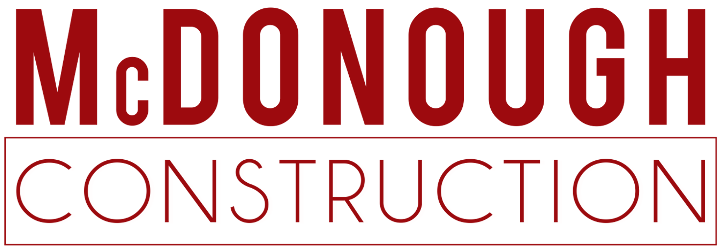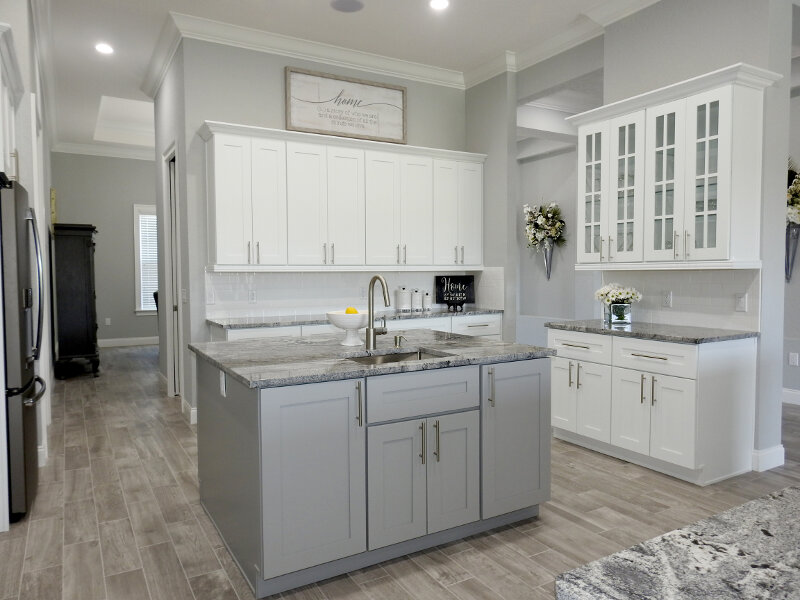One of the hardest choices you’ll have to make during a kitchen remodel is what kind of cabinets to get. After all, this is where you choose must suit your needs and tastes, and fit the space and your budget.
Off-The-Shelf or Custom
Cabinets come in three different categories. Which one you go with will largely depend on how much space you have, as well as your budget.
- Stock Cabinets: You can buy these cabinets right off the shelf in a big-box store such as Ikea. They cost around $60 to $00 per linear foot and they are made with value in mind. However, if you have an unusually sized space, you might not find stock cabinets that fit. Your options for color, hardware, and accessories will also be limited.
- Semi-Custom Cabinets: These cabinets are a slightly pricier, hybrid option. You get to add some custom details such as style, finish, and specific measurements to stock cabinets. These cost around $100 to $650 per linear foot but your options like what materials your cabinets are made from will still be restricted.
- Custom Cabinets: Color, material, and size are all within your control. Running between $500 to $1,200 per linear foot. Custom-made cabinets will fit your kitchen and specifications exactly. Think of them like a bespoke suit compared with the ones you buy off the rack. However, they are the priciest cabinet options specifically if they’re made from solid wood.
Types of Cabinets
Take a serious inventory of what is used and where it is to be located and stored for optimal functionality. You can house practically anything, from the smallest piece of cutlery to the largest stock pot. That info and the physical space you are working with will help you decide on the type of cabinets you need. Here are the main options.
- Base Cabinet: A standard base cabinet measures 24 inches deep and 36 inches tall. For convenience, this type of cabinet comes on a recessed riser called a toe kick, which leaves room for your feet to slide in while you’re prepping food up top. Drawers on base cabinets offer a more user-friendly solution as you can pull them out and look inside. Yet base corners are often difficult spots to get the maximum use of space. If you go this route, choose a corner cabinet with a carousel inside.
- Wall Cabinets: Upper cabinets are excellent for storing both food and kitchen gear. You can choose your own height. A wall cabinet can reach all the way to the ceiling or as high up as you need.
- Tall Cabinets: Think pantry or broom closet. These skinny cabinets are the perfect shape to store tall items or when you want to make the most of a narrow area. A typical height is around 84 inches.
- Open Shelving: Open shelving makes items easier to access, and it can be efficient not having to open and close doors and for small spaces. While these shelves themselves may not be pricy, the brackets can be.
Cabinet Hardware
Drawers, handles, pulls, and knobs are purely aesthetic choices. Keep them as simple as you like to make your hardware a full-on accent. Knobs and handles can be used together, depending on the door or drawer being opened. Wider drawers work better with handles, while narrow drawers can often be outfitted with a matching knob. For a more modern style, knob and handle free is another option. There have push latches and a simple press to the corner of the door opens it. With an electric push opener, a slight push and your doors and drawers will open and close automatically. This is especially helpful when your hands are full and you need quick access to the trash can.


